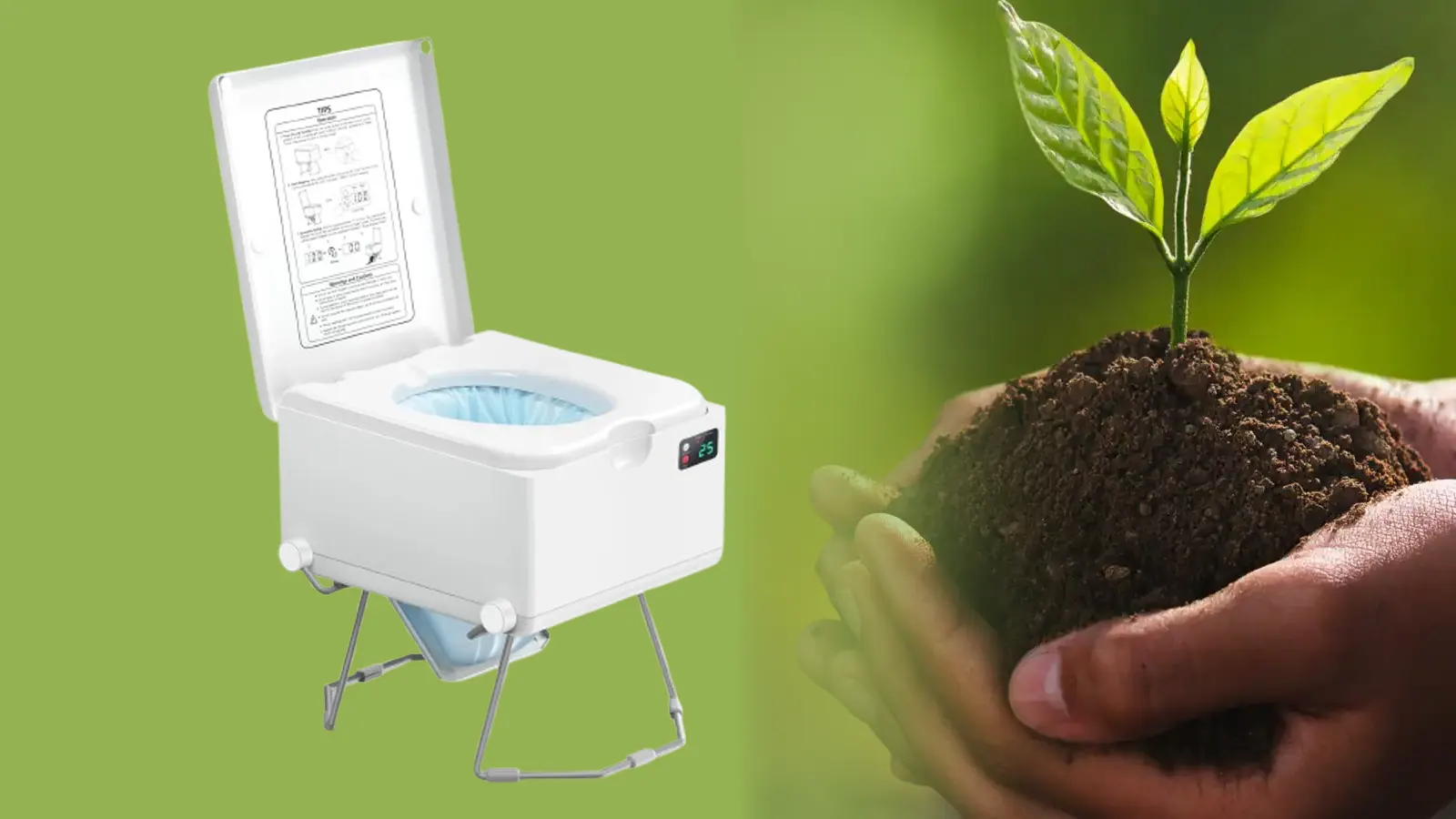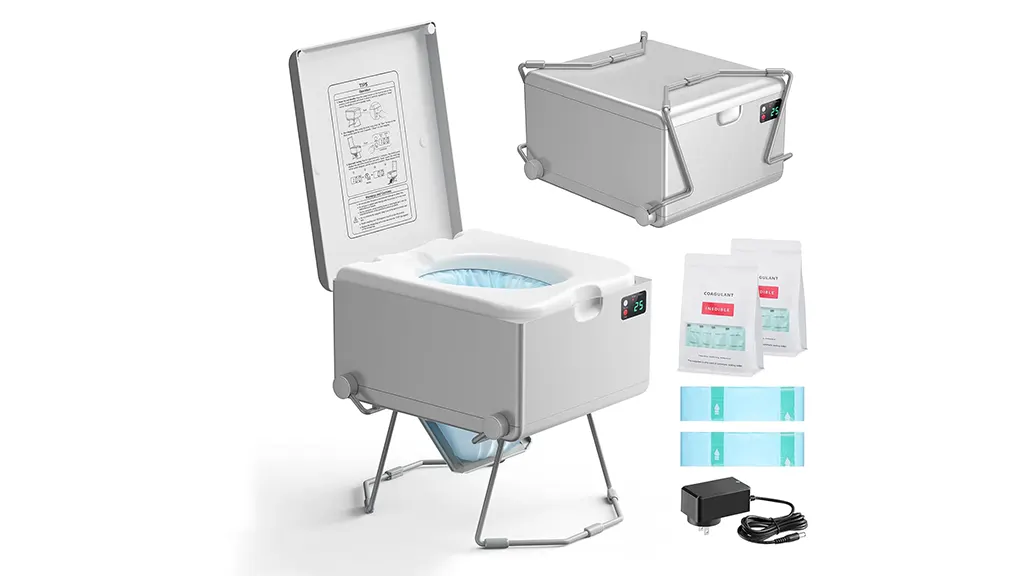As water resources become increasingly scarce, the water waste and environmental pollution caused by traditional flush toilets are becoming increasingly prominent. As a new type of sanitation solution, waterless eco toilets are gradually attracting people's attention with their advantages such as water saving and environmental protection.
What is a Waterless Eco Toilet?
A waterless eco toilet is a toilet that uses no or very little water for flushing. Its core goal is to save every drop of precious water resources and reduce environmental pollution. This eco-friendly toilet cleverly incorporates a variety of means to properly handle excrement, ensuring that while providing convenience, it also achieves gentle care for the environment and the practice of sustainable development concepts.
Types of Waterless Eco Toilets
Waterless composting toilets
Composting toilets convert excrement into compost by mixing excrement with organic matter such as sawdust and coconut bran, and using aerobic microorganisms to decompose it. The advantage is that excrement can be resourced, and the disadvantage is that it takes time to regularly maintain and treat the compost.
Dry flush toilets
Dry flush toilets do not require water. They use an appropriate amount of chemical powder to solidify waste and collect excrement in sealed bags. They are odorless and will not leak. The bags are replaced regularly and processed centrally. They are suitable for mobile places. Dry flush toilets are more portable and smarter than composting toilets. Modiwell dry flush toilets use biodegradable waste bags, which are more environmentally friendly and convenient to handle.
Important Notice
- Modiwell dry flush refill packs comply with the European Union EN 13432 industrial compostability standard.
- Please note that California has specific regulations for “compostable” products based on ASTM standards, and does not directly recognize EN 13432. In California, please do not directly treat these bags as compliant with local “compostable” standards.
- Important: Please follow your local waste disposal and composting guidelines. For more information on compostability in California, please visit: CalRecycle
Source separation toilet
This toilet effectively separates urine and feces from the source of excrement. Urine can be used for irrigation after treatment, and feces can be composted or incinerated, which can make more efficient use of resources, but the disadvantage is that the structure is relatively complex.
Advantages of Waterless Eco Toilets

- Water-saving and environmental protection: Waterless eco toilets do not need to rely on flushing systems, which fundamentally reduces the consumption of water resources and significantly reduces the discharge of sewage. In arid and water-scarce areas, this water-saving effect is particularly important, which helps to protect precious groundwater resources and maintain ecological balance.
- Resource recycling: After professional treatment by some waterless eco toilets, feces can be converted into organic fertilizer, reducing the pollution of chemicals to the environment, and opening up a new path for the green development of agriculture. This conversion process not only realizes the recycling of resources, but also helps to reduce the use of fertilizers and promote the sustainable development of agriculture. It is worth noting that no matter what method is used to treat excrement, it must comply with local regulations.
- Reduce odor:Through microbial decomposition or sealing and other methods, it can effectively reduce odor. If properly handled, it can improve the sanitary environment.
- Easy installation:Some types of products are easy to install. They include home toilets, outdoor camping sites, mobile RVs, etc.
- Reduced maintenance costs:Compared with traditional toilets, waterless eco toilets have lower maintenance costs. There is no need to flush and clean the sewers regularly. This reduces water bills and sewage treatment costs.
Application of Waterless Eco Toilets
The application range of waterless eco toilets is very wide and suitable for almost any place.
1. Home use
For families who pay attention to environmental protection, waterless eco toilets are an ideal choice. It not only helps families reduce the use of water resources, but also provides natural fertilizers for the garden. In some holiday villas or remote areas without a complete water supply and sewage system, waterless eco toilets can provide a convenient and hygienic solution.
2. Public places
In some water-scarce areas or public places with high environmental protection requirements, waterless eco toilets can effectively reduce the waste of water resources while avoiding the environmental pollution problems that traditional toilets may cause.
3. Special applications
- Water-scarce areas: In drought-scarce areas, waterless eco toilets are key facilities for solving sanitation problems.
- Disaster emergency:Natural disasters such as earthquakes and floods can happen. Waterless eco toilets can provide emergency and reliable sanitation protection.
- Agricultural use:Some waterless eco toilets, such as composting toilets, can convert human excrement into organic fertilizers. These fertilizers can be used for agricultural fertilization.
Conclusion
Waterless eco toilets are an environmentally friendly toilet choice. They are also a symbol of future lifestyles. Waterless eco toilets reduce water use, energy consumption, and environmental pollution. They provide a simple and effective solution for sustainable living.
Ready to learn more or place an order? Visit our website now to explore the modiwell dry flush toilet and start your journey to sustainable living!



![Dry Flush Toilet, Portable Toilet for Camping & Outdoor [Odorless & One-click Flushing]](https://modiwell.net/wp-content/cache/flying-press/KA4pnrdntLg-hqdefault.jpg)


